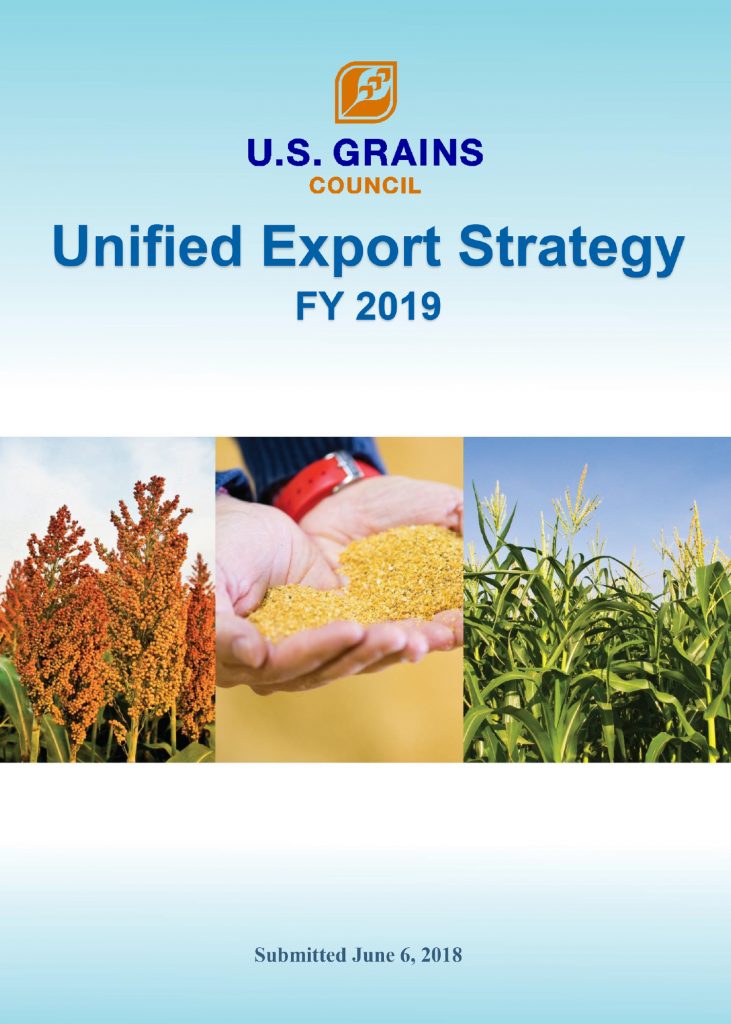The U.S. Grains Council (USGC) submitted the organization’s operational blueprint, known as the Unified Export Strategy (UES), this week to the U.S. Department of Agriculture’s Foreign Agricultural Service (USDA’s FAS).
Through the UES, the Council applies for matching funding from USDA’s market development and export promotion programs, including the Market Access Program (MAP) and the Foreign Market Development (FMD) program. Hundreds of pages long, the UES contains background on markets, evaluation of activities and long-term strategies for promoting coarse grains and related products.
“Program monitoring and evaluation allow the Council to ensure our programs are as innovative and effective as possible,” said Kurt Shultz, USGC senior director of global strategies, who oversees the UES process. “Likewise, the Council’s leadership engages in program reviews and learns about developments occurring in the global market through market assessment activities.”
The Council tailors its work to the needs of individual markets with specific goals for U.S. corn, barley, sorghum, ethanol, distiller’s dried grains with solubles (DDGS) and other value-added co-products – all of which is outlined in the UES. The document details the Council’s self-evaluation of progress toward realizing short-term and long-term results of market development activities. The market assessment and evaluation is also vital for a consistent approach as the Council engages in rapidly evolving, global trade policy issues and ongoing trade disputes.
“Whether responding to grain quality concerns in South Korea or Vietnam or promoting U.S. corn, sorghum and DDGS exports to Mexico, the Council is constantly responding to changing market dynamics,” Shultz said. “The Council’s customer outreach programs continue to evolve as the Council works to educate international buyers in an increasingly competitive market.”
The funds the Council receives from the MAP and FMD programs, combined with significant support from USGC members including checkoff organizations, have an impressive return on investment – $19.76 for every $1 spent by taxpayers, according to a study by Dr. Harry Kaiser, professor of applied economics and management at Cornell University.
Dr. Kaiser also found that spending on overseas market development for U.S. feed grains and related products increased the value of those exports by an average of $1.71 billion per year from 2010 to 2014 and increased U.S. gross domestic product (GDP) by an average of $5 billion per year.
About The U.S. Grains Council
The U.S. Grains Council develops export markets for U.S. barley, corn, sorghum and related products including distiller’s dried grains with solubles (DDGS) and ethanol. With full-time presence in 28 locations, the Council operates programs in more than 50 countries and the European Union. The Council believes exports are vital to global economic development and to U.S. agriculture’s profitability. Detailed information about the Council and its programs is online at www.grains.org.

